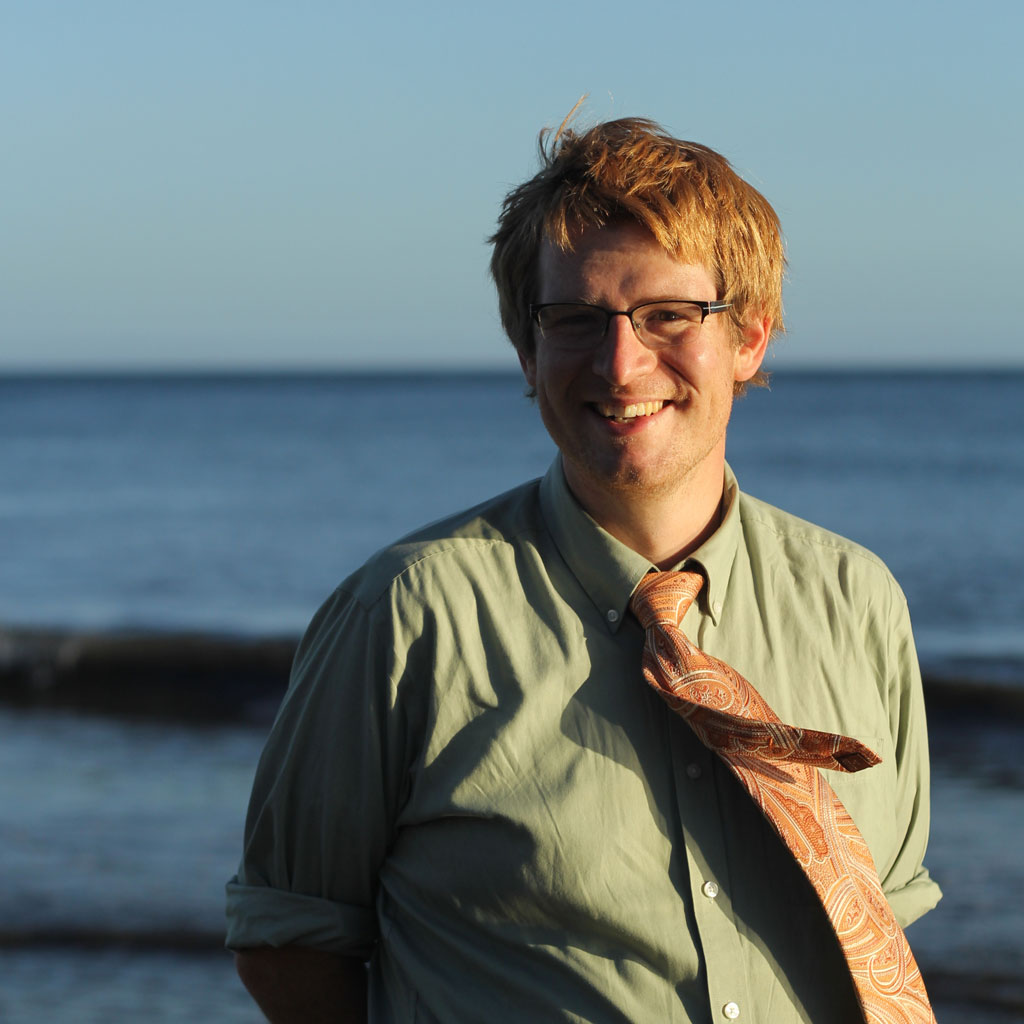Astronomer!
I am a professor of astrophysics and planetary science at the University of Colorado, Boulder. I study planets around other stars.
I am a professor of astrophysics and planetary science at the University of Colorado, Boulder. I study planets around other stars.
Our Solar System is kind of weird. We have no planets that are intermediate in size between the Earth and Neptune, yet the Universe seems to be teeming with such planets. My group's research centers largely around understanding the structure, composition, and evolution of these small exoplanets. In general, we approach this question by observing transiting exoplanets, planets which just happen to be lined up so they pass in front of their stars as seen from Earth. Using very simple geometry and physics, we can measure the properties of transiting exoplanets in great detail.
Exoplanet Atmospheres: When a planet passes in front of its star, a tiny fraction of starlight will filter through the planet's atmosphere on its way to Earth. By measuring the spectrum of this filtered starlight very precisely, we can learn about what makes up the planet's atmosphere. It's kind of like getting to see sunset on another planet many light years away! Using this transmission spectroscopy technique, we observe planets to learn about the composition of their upper atmospheres, which can tell us about how these planets work, how they formed, and how they evolve with time.
Small Planets, Small Stars: It is much easier to study a small, cool planet if it transits a small, cool star. Growing out of work I did with the MEarth Project, we continue to look for Earth-like planets transiting nearby M dwarf stars. M dwarfs are the smallest and most abundant stars in the Galaxy, and they are teeming with planets. We need to observe the closest M dwarfs to Earth very carefully, to find those planets that will be easiest to observe with the upcoming generation of big telescopes. Right now, that search is driven primarily by data from the Transiting Exoplanet Survey Satellite (TESS) and its all-sky survey for bright transiting planets.
Wonderfully Complicated Stars: All stars are interesting, and M dwarfs particularly so. With their strange magnetic fields, powerful high-energy emission, wild flaring behavior, messy spotted surfaces, and molecule-rich atmospheres, these cool stars are both fascinating and challenging as exoplanet hosts. We are working to better understand the basic stellar astrophysics of small M dwarfs, to help make them better laboratories for exoplanet evolution experiments.
Our research group celebrates the diverse strengths that we can all bring to astronomy. If you are a CU undergraduate or graduate student interested in joining us, please contact me.

The Universe is beautiful. As an astronomer, I am excited about sharing that beauty with students of all ages. When teaching, I encourage as much hands-on experience as possible, to emphasize that science is a creative enterprise.
At CU Boulder, for the Spring 2021 semester I am teaching Accelerated Intro Astronomy (ASTR1030), in collaboration with Dr. Michelle Wooten. I also frequently teach our introduction to Python programming in Computational Techniques (ASTR2600), our topical course-based undergraduate research experience in Research Methods in Astronomy (ASTR3400), and our graduate-level Planetary Atmospheres (ASTR5810). I am always delighted to talk about the most recent advances in exoplanet science, astronomy, or science pedagogy. Information about my online office hours for the current semester are available here (must be logged into a CU google account to access).
Beyond the university classroom, I enjoy sharing astronomy with broader communities. I have talked at TEDx Boulder about our everyday experience with spectroscopy, helped five-year-olds in detecting exoplanet transits with photographic light meters, and led bars full of tipsy nerds in sketching hot Jupiter sunsets with paper and crayons. Before coming to CU, I worked at MIT to organize an Art of Astrophysics event and taught a non-credit course on Crafting the Cosmos.
Here are some slides from talks I've given, including both a few individual figures and a few complete presentations. You are welcome to borrow whatever you like from these (please simply include a small attribution to me). If you'd like other slides you've seen in my talks but don't see them up here, please just send me a note, and I'll try to dig them up to pass along. I hope you find these useful!
As an astronomer, I feel very fortunate that I get to explore the beautiful details of the Universe. Like many scientists, my path to where I am has been shaped by what I've learned from my family. My parents make art for their living; they taught me to be curious, creative, and self-motivated. My grandparents crocheted washcloths, built cars and houses, baked cakes woven with glowing fiber-optics, sold candy, and worked hard; they taught me to put both care and joy into everything I create. I am committed to helping future generations of scholars find ways to bring their particular strengths and their whole selves to studying the Cosmos.

You can learn more about my professional work by viewing my curriculum vitae or my recent publications.